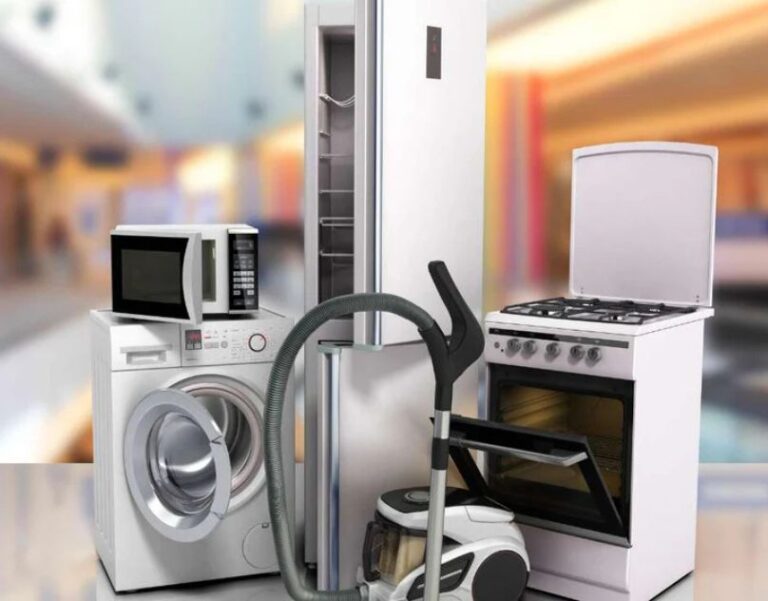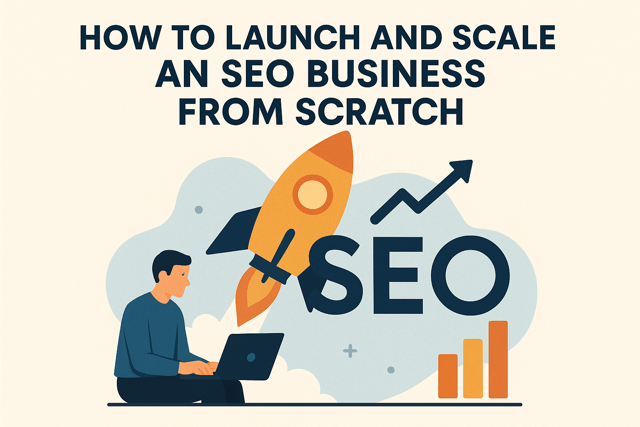In the world of medical devices, quality is everything. It’s not just about meeting standards; it’s about saving lives. And for suppliers—those providing raw materials, components, or services to medical device manufacturers—the need to ensure that your processes meet the highest standards is more critical than ever. That’s where ISO 13485 certification comes into play.
But why does it matter so much, and how does it affect you, as a supplier? Let’s take a closer look at what this certification really means, why you need it, and how you can go about getting it.
What Exactly is ISO 13485?
Before we dive into the details, let’s set the stage. ISO 13485 is an international standard specifically designed for organizations involved in the design, production, and supply of medical devices. It outlines the requirements for a comprehensive quality management system (QMS), ensuring that these organizations meet both regulatory and customer needs.
In other words, it’s a framework to make sure that your processes are top-notch and consistent, from the raw materials you provide to the final product the medical device manufacturer assembles. A certification like this doesn’t just make you look good on paper—it’s proof that your company meets the rigorous standards that are expected in the medical device industry.
Now, you might be thinking, “Why do I, as a supplier, need ISO 13485?” Well, let’s break that down.
Why Should You, a Supplier, Get ISO 13485?
-
Boost Your Credibility
Getting ISO 13485 certified shows your commitment to quality. It demonstrates to medical device manufacturers that you’re serious about maintaining high standards in everything you do. As a supplier, credibility is everything, and this certification gives you an edge in a competitive market.
-
Build Stronger Business Relationships
Medical device companies are extremely cautious about their suppliers. After all, the products they manufacture directly impact people’s health and well-being. If they see that you’re ISO 13485 certified, they’ll have a lot more confidence in your processes. This can lead to long-lasting business relationships and opportunities to work with larger or more prestigious clients.
-
Meet Client Expectations
Most medical device companies now require their suppliers to be ISO 13485 certified. This is not just about compliance; it’s about meeting industry expectations. Many clients won’t even consider working with a supplier who doesn’t have this certification. So, if you want to stay competitive, getting certified is almost a necessity.
-
Minimize Risk
In the medical device industry, even the smallest defect can lead to serious consequences. Having a quality management system in place reduces the likelihood of errors, delays, or product failures. By ensuring that you meet the rigorous requirements of ISO 13485, you are minimizing the risks to your business and your clients.
-
Access New Markets
ISO 13485 is an internationally recognized certification. By obtaining it, you open up doors to global markets. Whether you’re in Europe, Asia, or the United States, this certification gives you a passport to reach a wider audience of medical device manufacturers.
The Road to ISO 13485 Certification: A Step-by-Step Guide
You’re probably wondering how to go about obtaining chứng nhận iso 13485 for your company. Here’s a step-by-step guide to getting you from where you are now to becoming ISO 13485 certified.
Step 1: Understand the Standard
The first thing you’ll need to do is familiarize yourself with the ISO 13485 standard. It’s essential to have a solid understanding of its requirements so you can integrate them into your processes. This might seem like a lot of paperwork, but don’t worry; we’ll break it down for you. The standard focuses on things like:
- Document control
- Design and development processes
- Production and service controls
- Risk management
- Employee competence
- Traceability (being able to track materials and products from start to finish)
You don’t need to memorize every word, but understanding these core areas will help you align your processes.
Step 2: Establish a Quality Management System (QMS)
Now that you understand the standard, the next step is to establish a QMS. A QMS is a set of policies, procedures, and processes that ensure your operations are consistently aligned with the requirements of ISO 13485.
Here’s the thing—this doesn’t mean completely overhauling your current processes. It’s about building upon what you already have. You’re going to need to define and document your workflows, and ensure that they meet the standards. You’ll also need to create a culture of quality within your organization—this isn’t just a box you check; it’s an ongoing commitment.
Step 3: Document Everything
When it comes to ISO 13485, documentation is key. Every step of your process needs to be documented—whether it’s quality controls, materials handling, or training protocols. You should have:
- Quality manuals
- Procedures and work instructions
- Records of training
- Audit reports
- Corrective action plans
The idea here is that you want to make sure everything can be traced, verified, and followed.
Step 4: Implement the System
Now comes the fun part: putting everything into practice. It’s not just about having documents in place; you need to make sure that your team is fully onboard and that the processes are followed to the letter.
Training plays a big role here. Your team needs to understand their responsibilities and how to perform tasks according to your QMS. It’s important to communicate openly and keep everyone on the same page as you implement these new standards.
Step 5: Internal Audits
Before you go for an official audit, it’s a good idea to conduct internal audits. This allows you to identify any areas where your processes might not fully align with ISO 13485. Think of this like a practice run—if you identify any issues now, you can fix them before the official audit.
Step 6: Get a Third-Party Audit
Once you’re confident that your QMS is in good shape, it’s time for a third-party audit. This is where an accredited certification body comes in to evaluate your processes and determine if they meet ISO 13485 standards.
The auditor will review your documents, processes, and records, and may even speak with employees to assess whether they’re following the procedures. If everything checks out, you’ll receive your certification.
Step 7: Maintain Your Certification
ISO 13485 isn’t a one-time thing. Once you have your certification, you need to maintain it. This means regular audits (usually once a year), continual improvement of your processes, and staying up-to-date with any changes to the standard.
Common Challenges and How to Overcome Them
Okay, let’s be real. Going through the ISO 13485 certification process isn’t always smooth sailing. But don’t worry—there are ways to overcome common hurdles.
-
Resistance to Change
Sometimes, employees or even leadership might resist the changes that come with implementing a QMS. The key here is communication. Clearly explain why this certification matters and how it will benefit both the company and the individuals involved. Getting everyone on board early will help smooth the transition.
-
Time and Resource Constraints
Implementing a QMS can take time, especially if your current processes are not aligned with ISO 13485. Make sure you allocate enough time and resources to the task, and remember, this is an investment in your future.
-
Understanding the Requirements
ISO 13485 is a detailed standard, and it can be tough to understand every nuance. If you find certain sections confusing, don’t hesitate to seek help. There are plenty of consultants and training programs that can guide you through the process.
Wrapping Up: Is ISO 13485 Certification Worth It?
At the end of the day, the decision to pursue ISO 13485 certification is one that can elevate your business to new heights. It’s not just about meeting industry standards—it’s about showing your customers that you care deeply about quality, safety, and reliability.
Sure, the process may take time, effort, and a bit of investment. But think about the rewards: improved credibility, stronger client relationships, and the ability to tap into new markets. And most importantly, you’re contributing to the production of safer, more reliable medical devices. That’s something to be proud of, don’t you think?
If you’re ready to take the leap, ISO 13485 certification could be the key to unlocking your business’s full potential. Why not start today?













